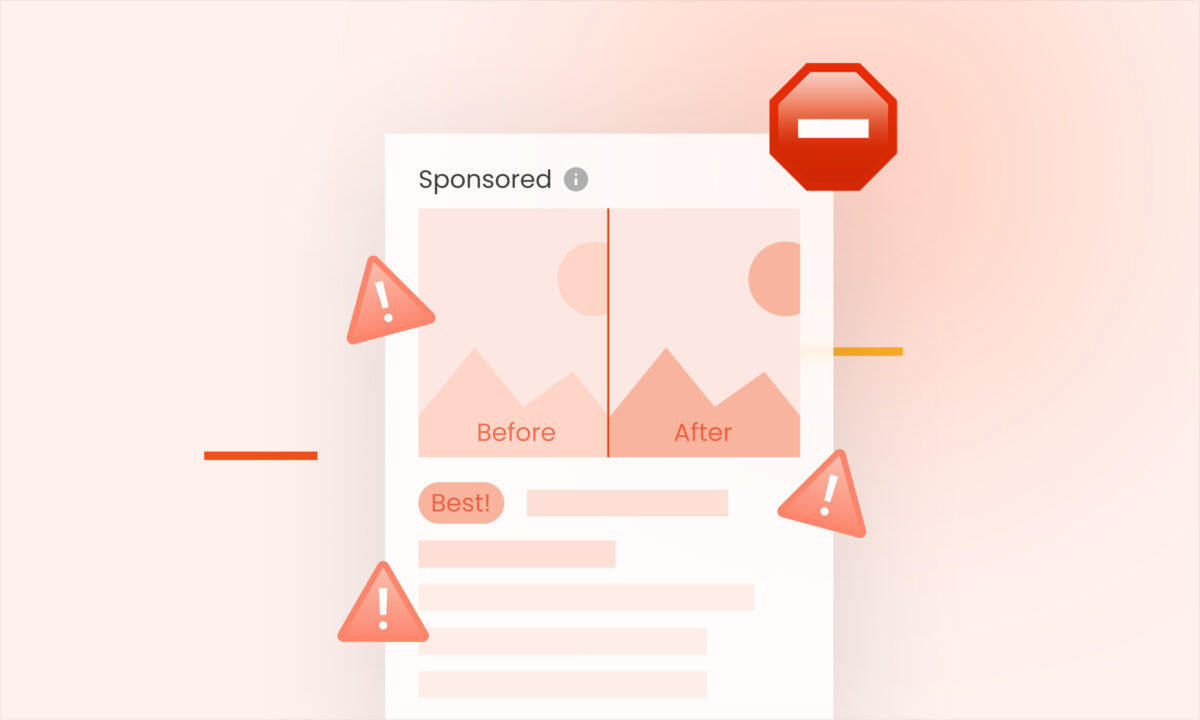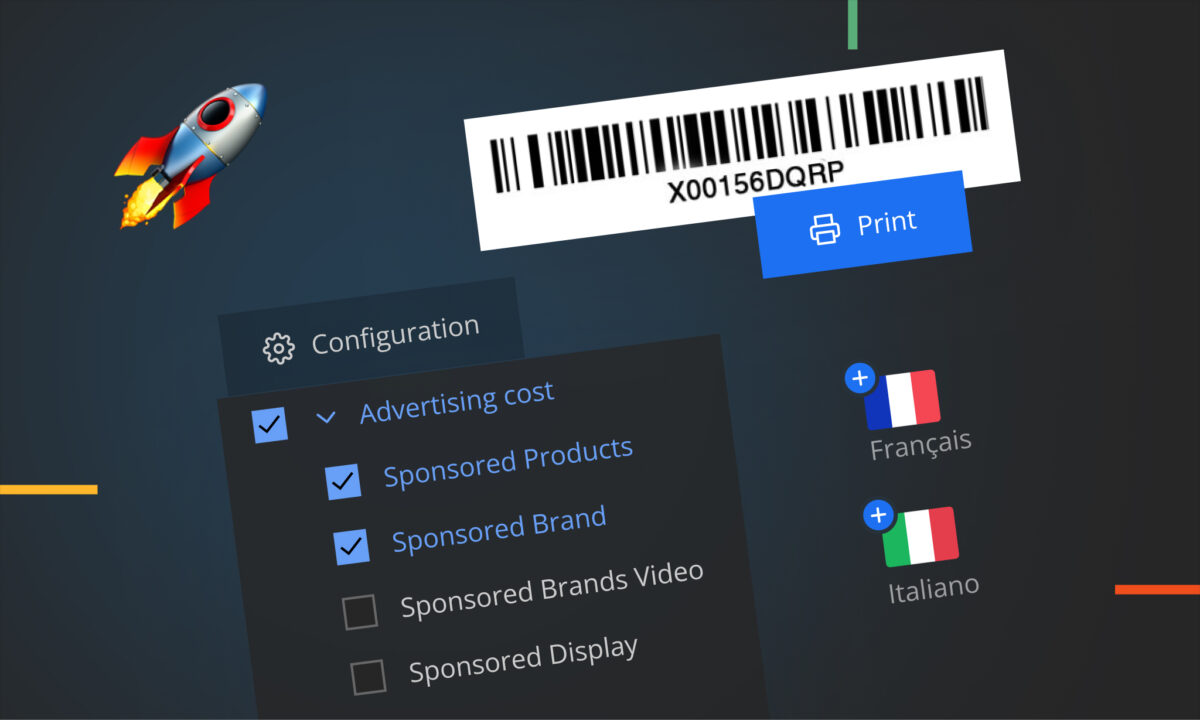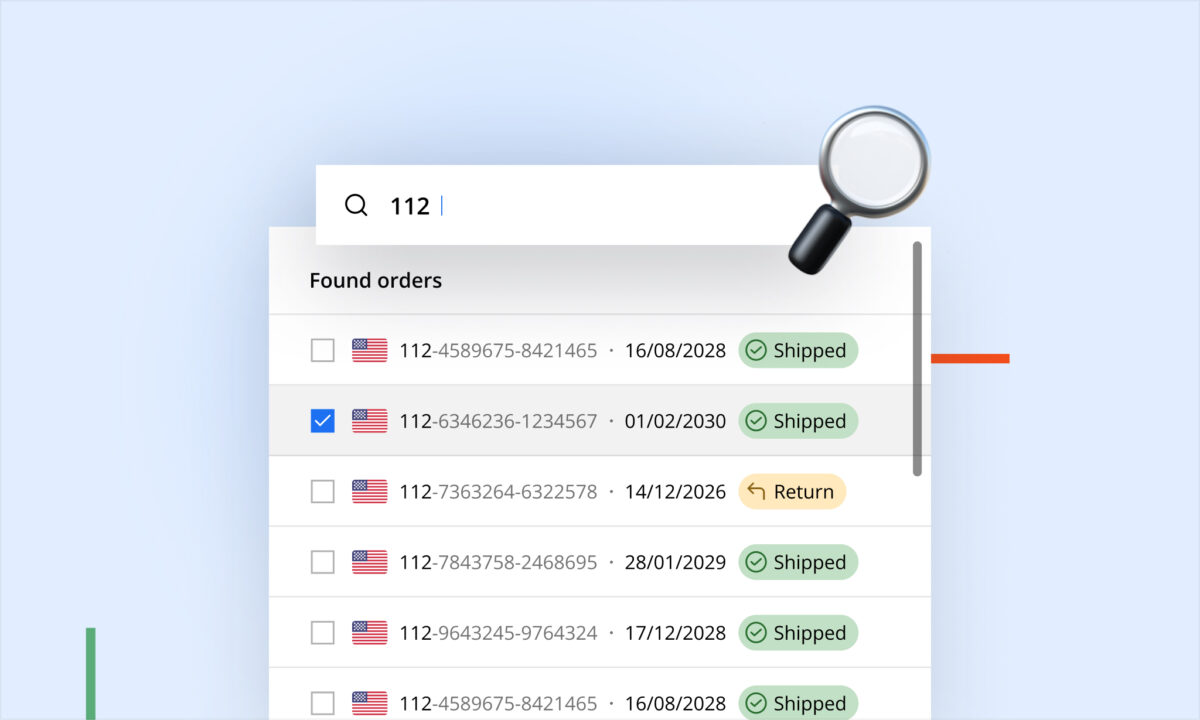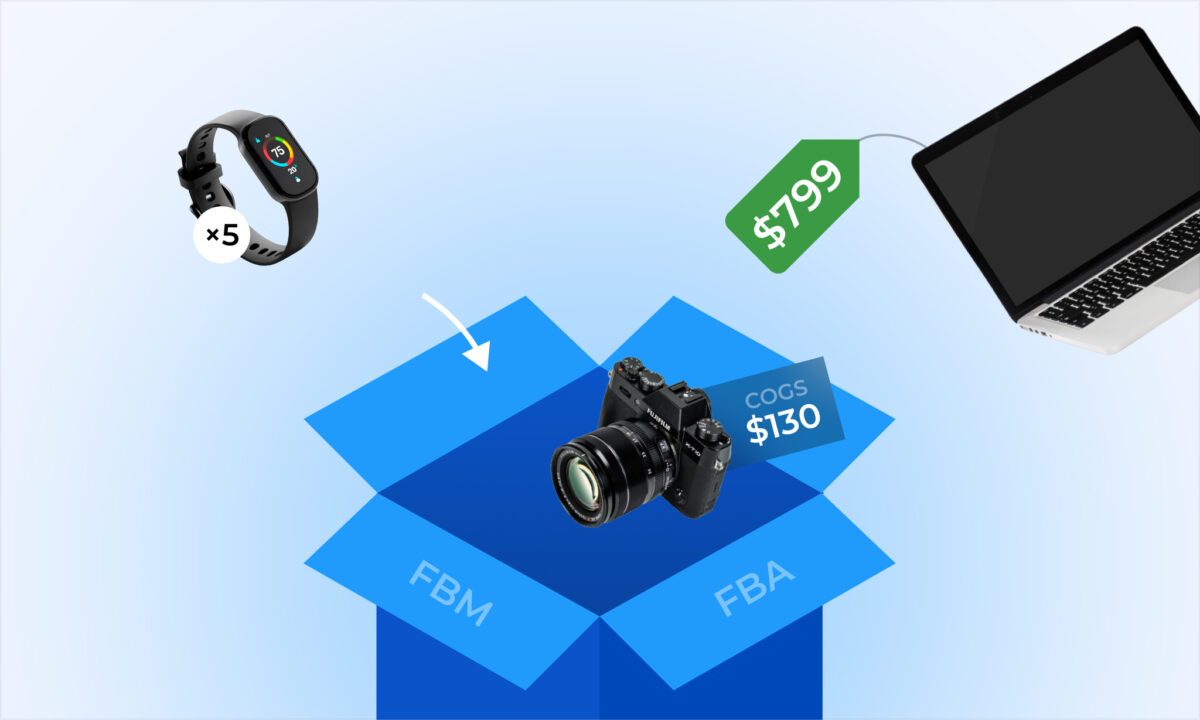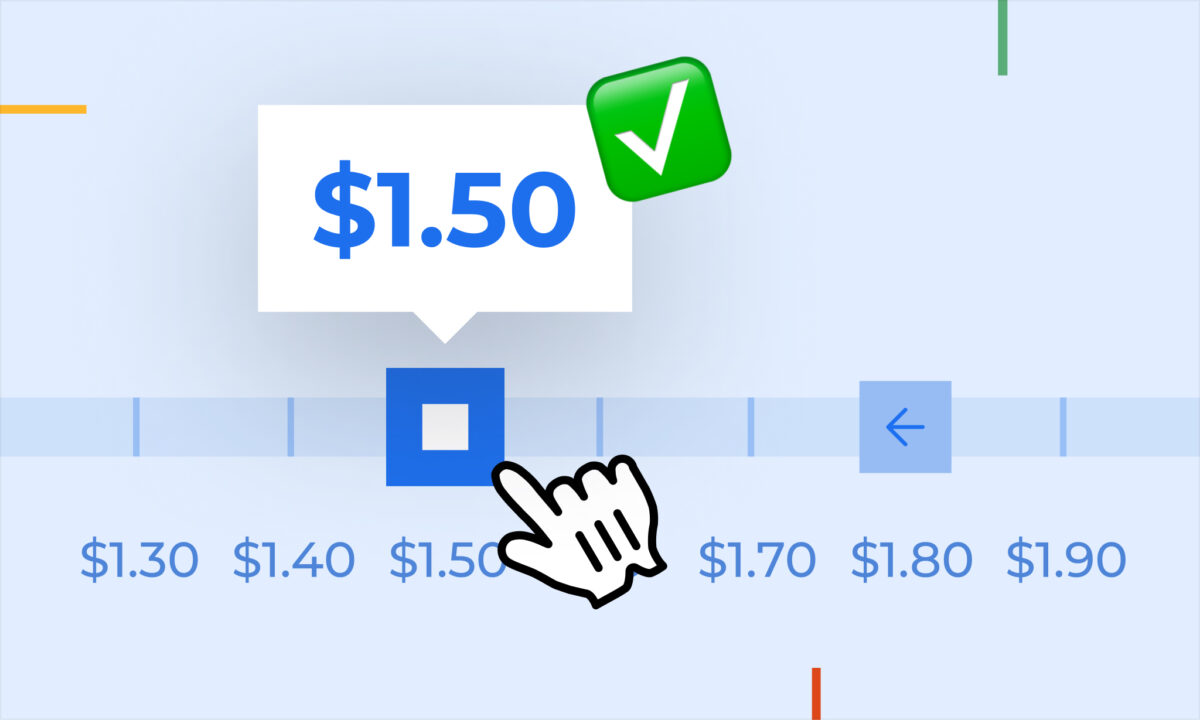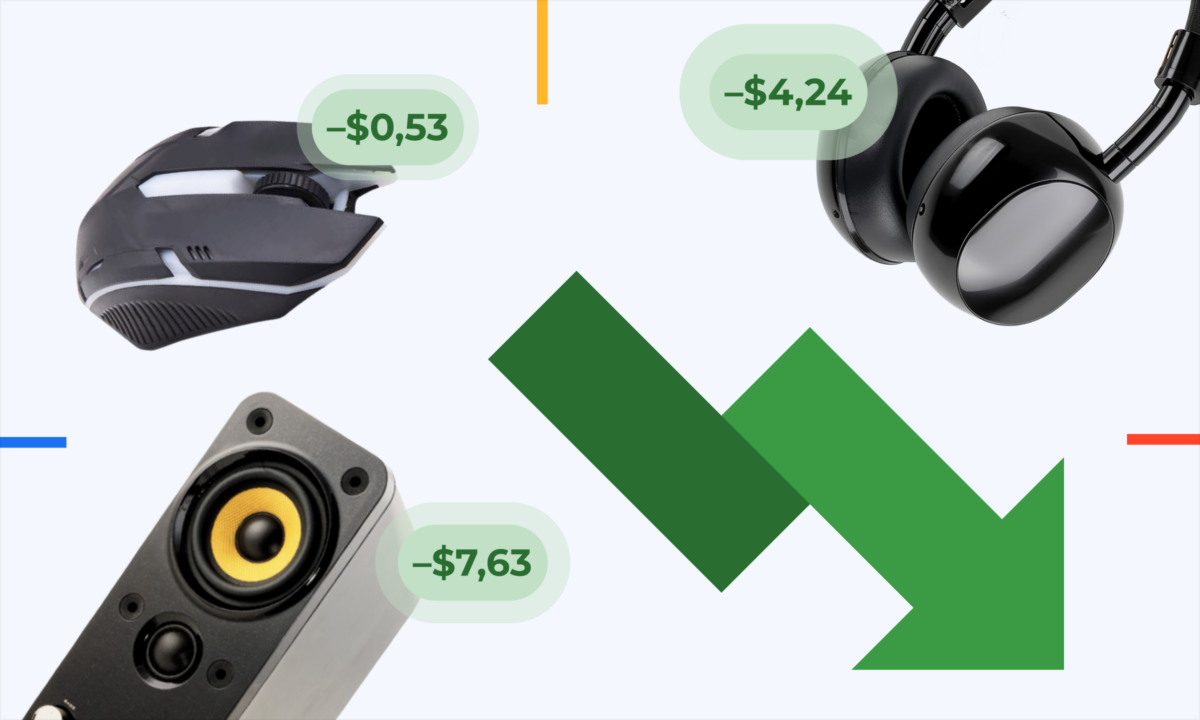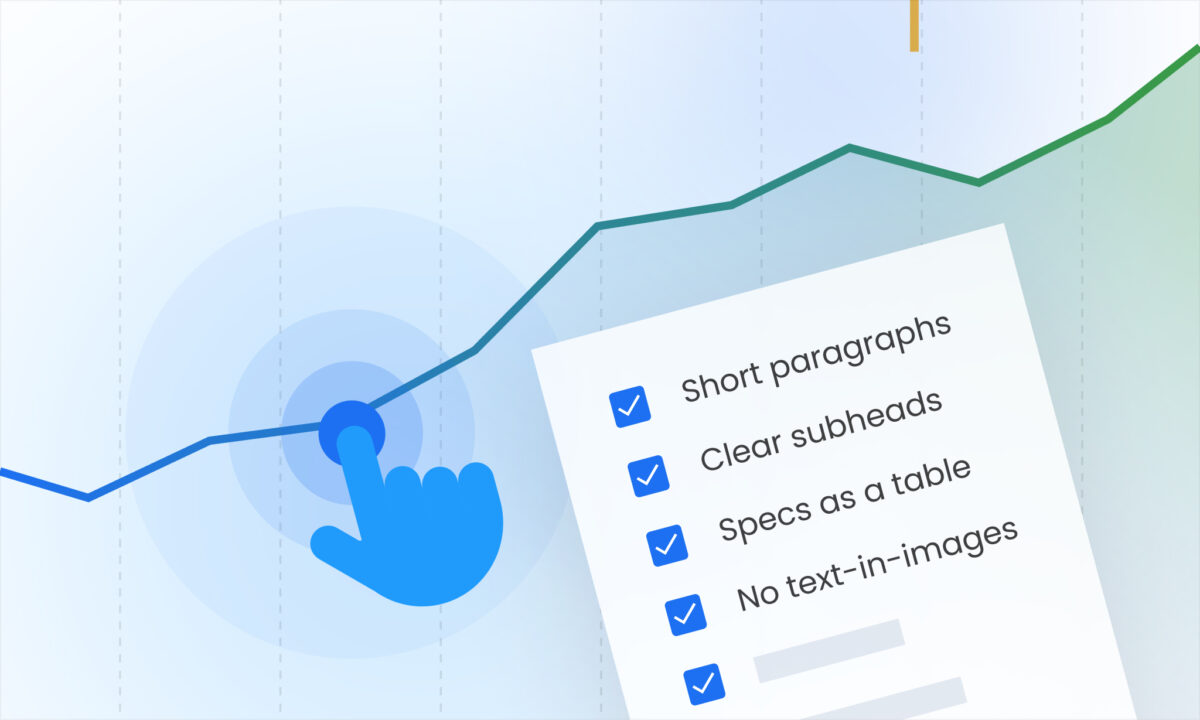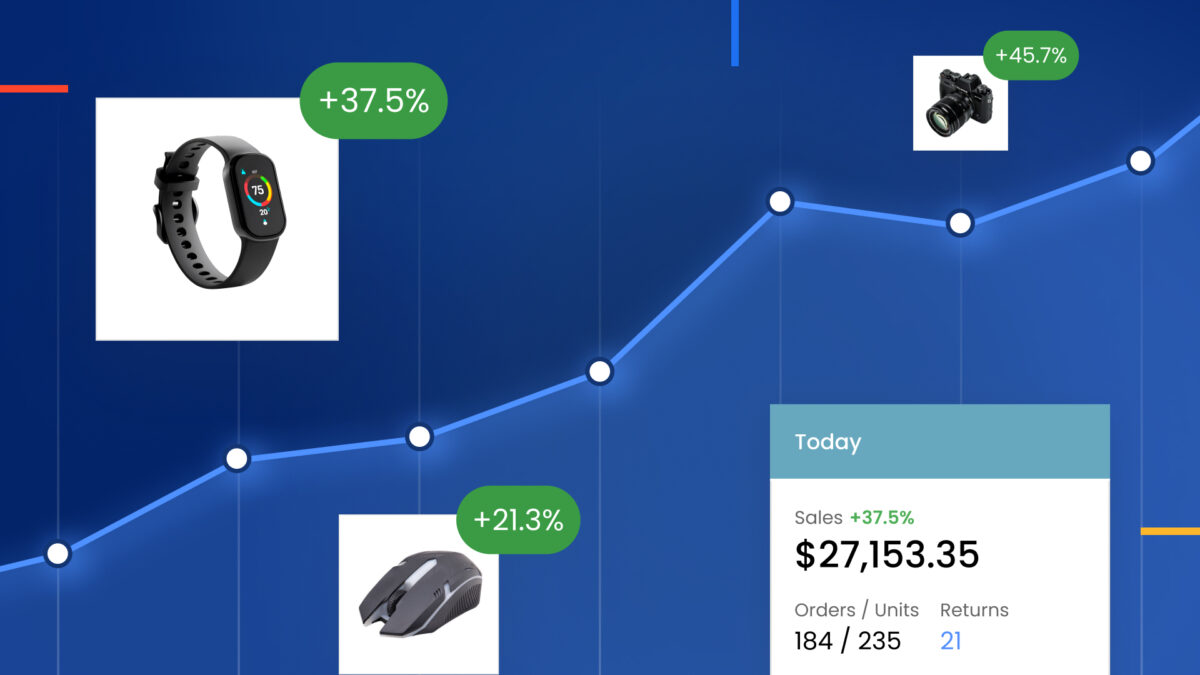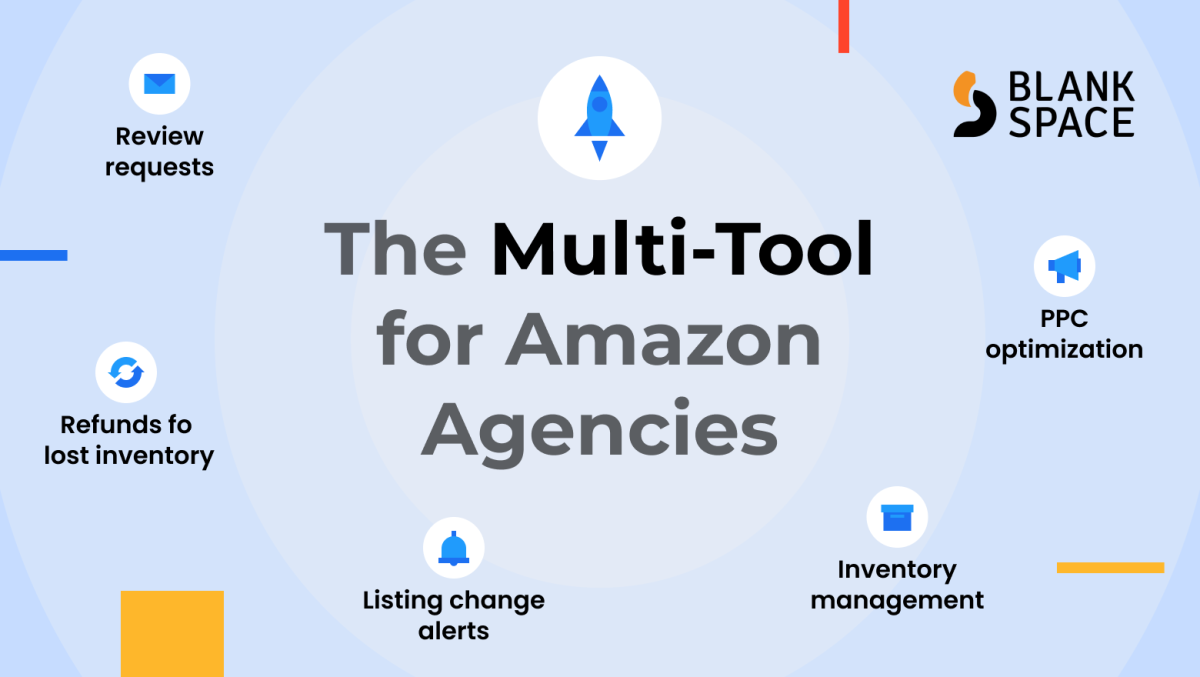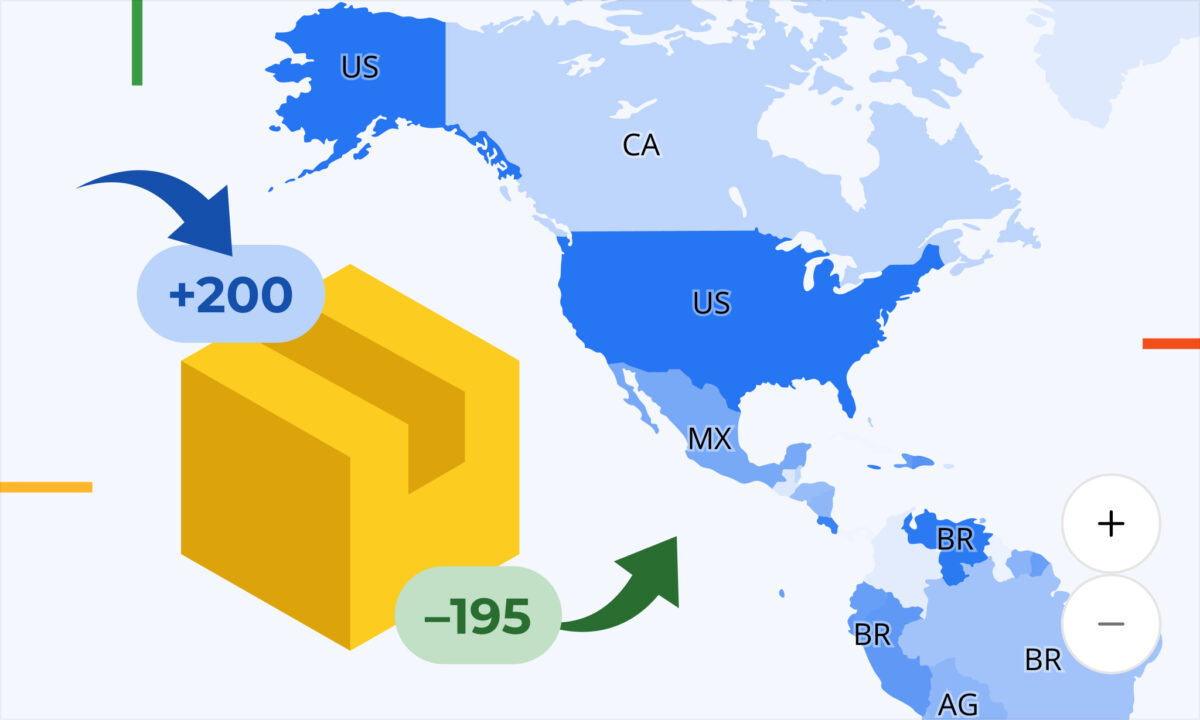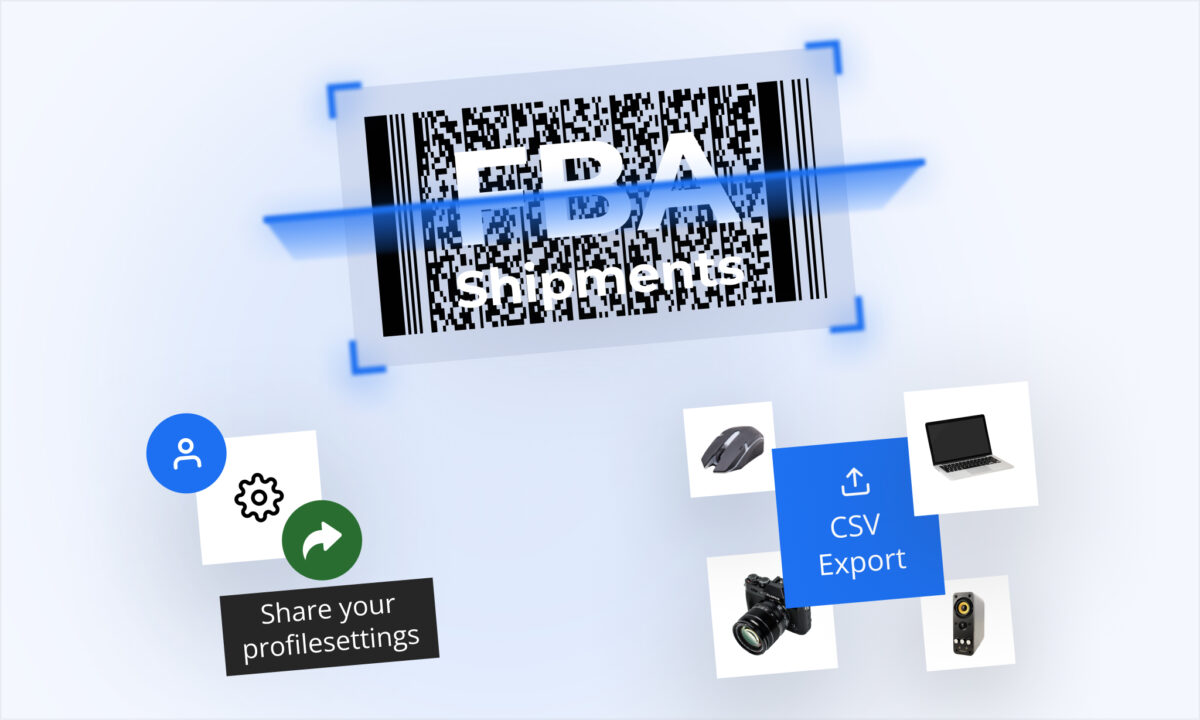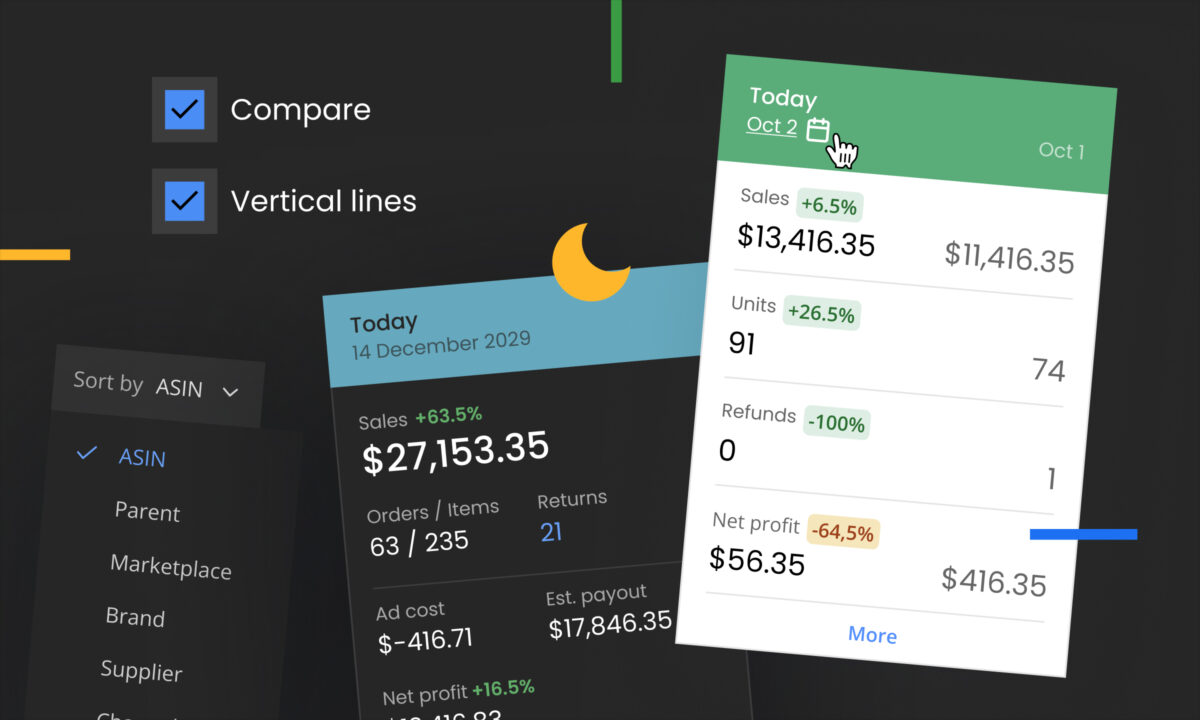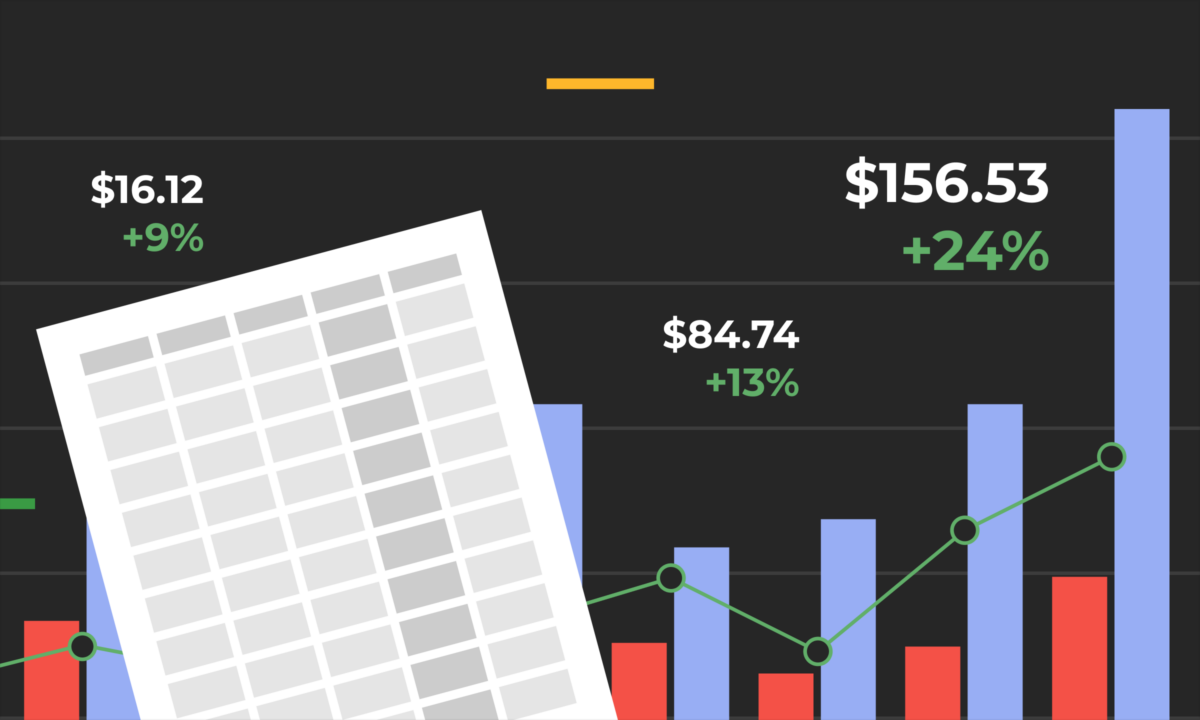Running profitable ads is one of the fastest ways to scale on Amazon — but nothing slows momentum like a campaign rejection you don’t understand. EU5 sellers have repeatedly shared the same frustration: moderation feedback is vague, error messages aren’t clear, and it’s not obvious why a campaign was rejected or how to fix it.
This article cuts through that noise.
Below, we break down the full moderation process, the most common mistakes that trigger rejections, practical dos & don’ts, and a plain-language guide to what each rejection reason actually means — so you can launch compliant campaigns with confidence.
1. What Is Campaign Moderation (and Why It Exists)?
Campaign moderation is Amazon’s internal review layer that ensures ads comply with:
- Local advertising laws (different across EU5 markets)
- Amazon policies on claims, trademarks, competitor references, and product accuracy
- Restricted product rules (e.g., supplements, adult items, cosmetics, health claims)
- Customer safety and trust guidelines
Moderation can happen at several levels:
- Keyword/targeting review
- Creative assets review (images, videos, copy)
- ASIN and listing review — because ads must reflect the product page accurately
A campaign may be rejected even if your listing is active — moderation standards for ads are stricter than listing standards.
2. The Full Moderation Flow (EU5 Edition)
Step 1: Automated Pre-Check
Amazon’s automated system scans for:
- Restricted terms (e.g., “cure,” “best,” medical claims)
- Trademark usage
- Competitor references
- Prohibited product categories
- Violations in image or video formats
If it detects violations, your campaign may be rejected instantly.
Step 2: Manual Review
A human reviewer checks:
- Whether the ad copy matches product features
- Whether claims are substantiated on the product page
- Compliance with EU-specific laws (e.g., claims allowed in DE but not in FR)
- Whether images meet policy (no badges, seals, before/after, misleading text)
Step 3: Final Status
You will receive:
- Approved — campaign goes live
- Rejected — error message appears
- Escalated — moderator needs additional verification
3. Why Campaigns Get Rejected: The Most Common Mistakes (EU5)
Here are the highest-frequency rejection triggers based on moderation data patterns across EU5.
❌ 1. Using Over-Promising or Non-Verifiable Claims
Examples that frequently trigger rejection:
- “#1 best seller”
- “Cures acne”
- “Clinically proven” (without visible proof on listing)
- “Fastest results guaranteed”
Fix: Stick to factual, demonstrable product features.
❌ 2. Mentioning Competitors
Even indirect references can violate policy:
- “Better than brand X”
- “Compatible with Dyson vacuum Type XYZ” (depends on locale rules)
Fix: Avoid all comparative phrasing unless allowed by local advertising law (varies across EU5).
❌ 3. Mismatch Between Ad Copy and Listing
If the ad mentions:
- a feature not on the listing
- a benefit not shown in images
- a claim not supported by the bullets
…it is rejected immediately.
Fix: Sync your ad copy with your listing. Moderation compares them line-by-line.
❌ 4. Prohibited or Sensitive Content
Common triggers:
- Health supplements (especially DE & FR where rules are strict)
- Medical devices without certifications
- Adult products with unapproved phrasing
- Weapons or self-defense tools
Fix: Use neutral wording and avoid medical claims unless explicitly permitted.
❌ 5. Image Violations
The top causes:
- Before/after images (not allowed in most EU markets)
- Badges like “FDA approved,” “ISO certified,” “CE certified” (context-dependent)
- Too much text in images
- Misleading graphics
Fix: Use clear, product-focused images without badges or transformation claims.
4. Clear Explanations for Moderation Error Messages
Many EU5 sellers feel Amazon’s rejection messages are vague. Below is what each commonly means — in plain language.
“Your ad contains prohibited claims.”
Usually triggered by:
- Superlatives (“best,” “strongest”)
- Medical claims (“reduces stress,” “treats insomnia”)
- Guarantee phrases (“results in 7 days”)
“Your ad does not comply with regional advertising policies.”
This is almost always a country-specific rule.
For example:
- Germany restricts many supplement and wellness claims
- France has stricter rules on children’s products
- Spain prohibits certain comparative phrases
“Your ad copy does not match your product detail page.”
Moderator found a mismatch between:
- Title → copy
- Bullets → claims
- Images → promised benefits
“Your creative contains misleading or unverified information.”
Usually linked to:
- Customer reviews shown in images
- Star ratings added to creatives
- Implied endorsements
- Fun icons that look like certifications
“Your product is restricted for advertising.”
Not always permanent; often due to:
- Pending category approvals
- Inconsistent listing data
- Safety keywords accidentally detected
5. The Moderation Dos and Don’ts (Sellerboard Checklist)
✔ DO
- Keep claims factual and verifiable
- Ensure ad copy mirrors the product detail page
- Use clean, compliant images
- Check EU-specific compliance rules per marketplace
- Review Amazon Advertising Policy regularly
❌ DON’T
- Use superlatives or unverifiable claims
- Compare your product to competitors
- Include health, medical, weight-loss claims
- Add badges, seals, or star ratings to images
- Use terms that imply guaranteed results
6. How to Reduce Rejections and Speed Up Approval
1. Pre-validate your copy against your listing
If the claim isn’t supported in bullets or images — remove it.
2. Maintain a “compliant copy library”
Have safe templates for each product category.
3. Localize compliance, not just language
DE, FR, IT, ES, and UK moderation standards differ significantly.
4. Avoid “trigger words”
Words like guarantee, cure, instant, clinically proven frequently cause auto-rejections.
5. Keep creatives minimalistic
Straightforward images pass moderation faster than text-heavy ones.
7. Final Thoughts: Moderation Shouldn’t Be a Black Box
Campaign rejections feel frustrating, especially when the reasoning isn’t obvious — but once you understand the system, moderation becomes predictable and manageable.
By following best practices, aligning copy to your listing, avoiding risky claims, and respecting EU-specific policies, you can dramatically increase your ad approval rate and get campaigns live faster.
